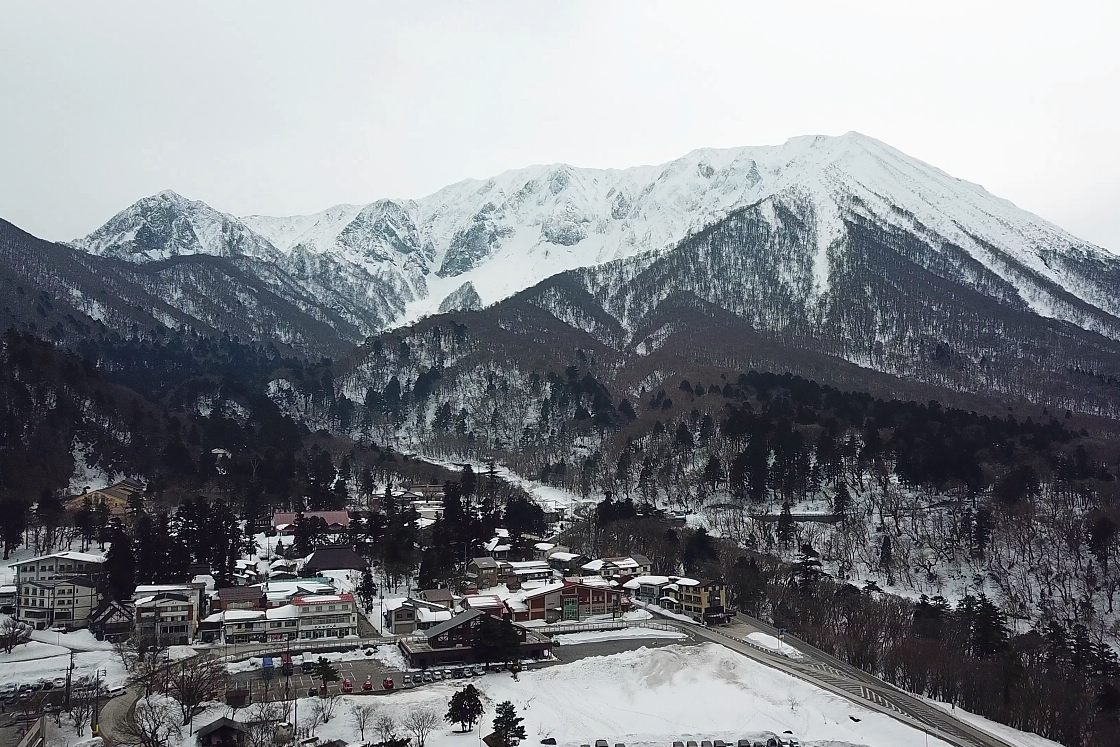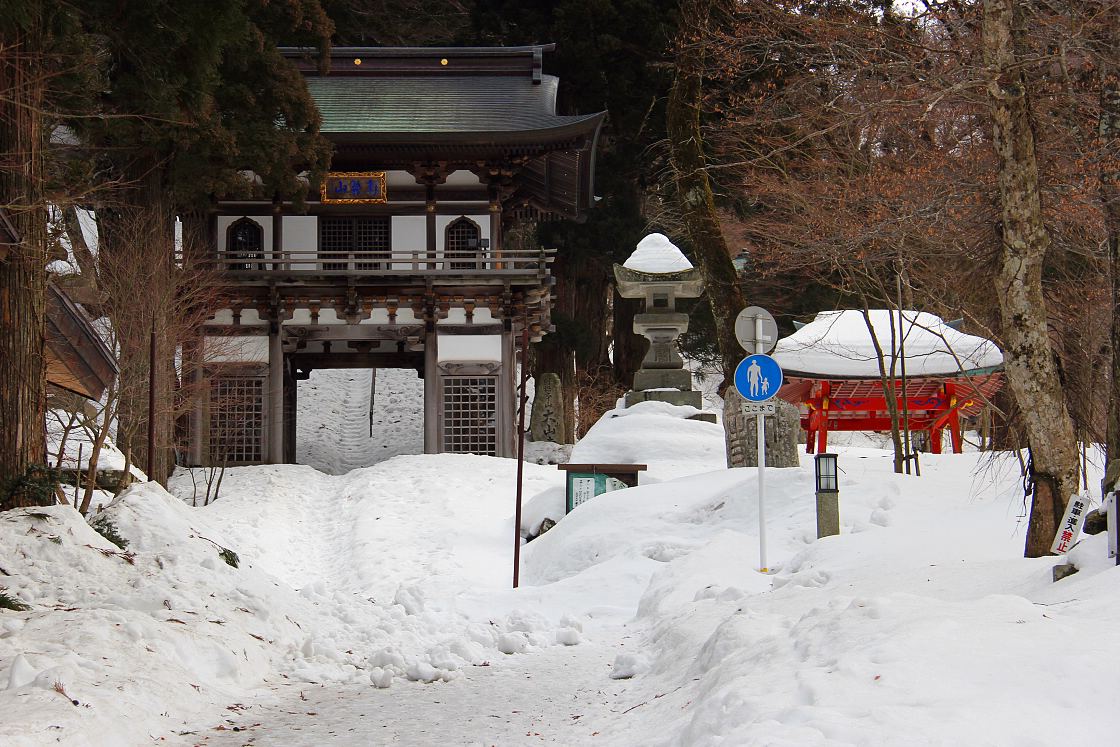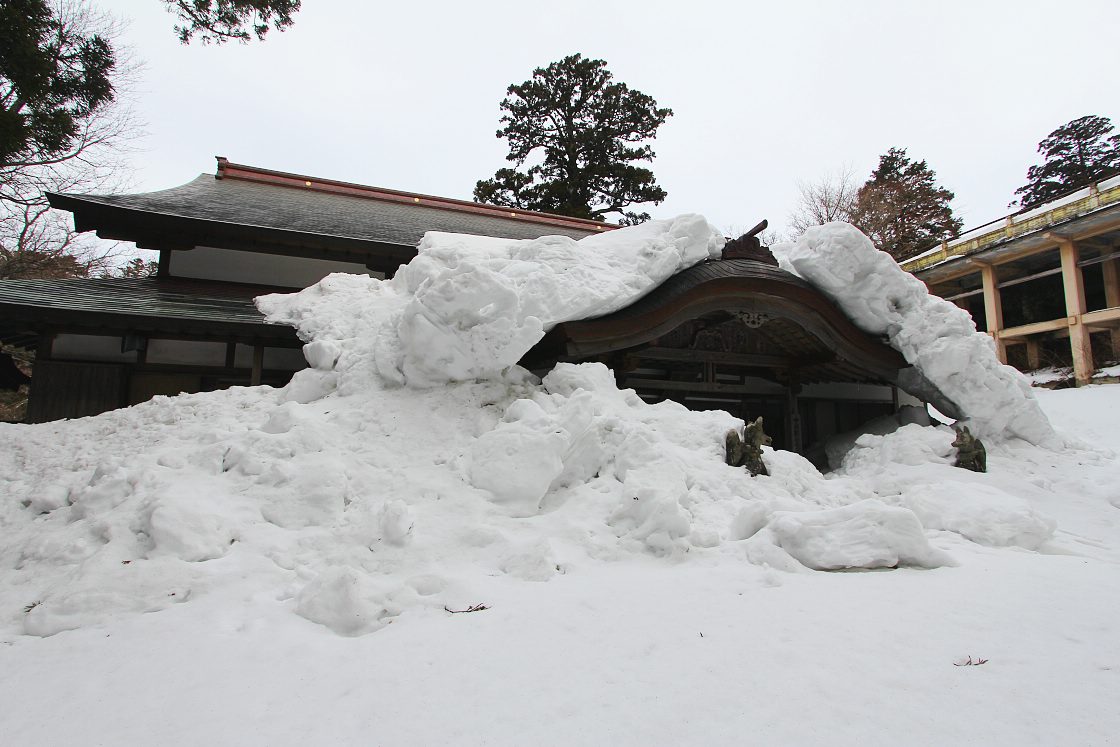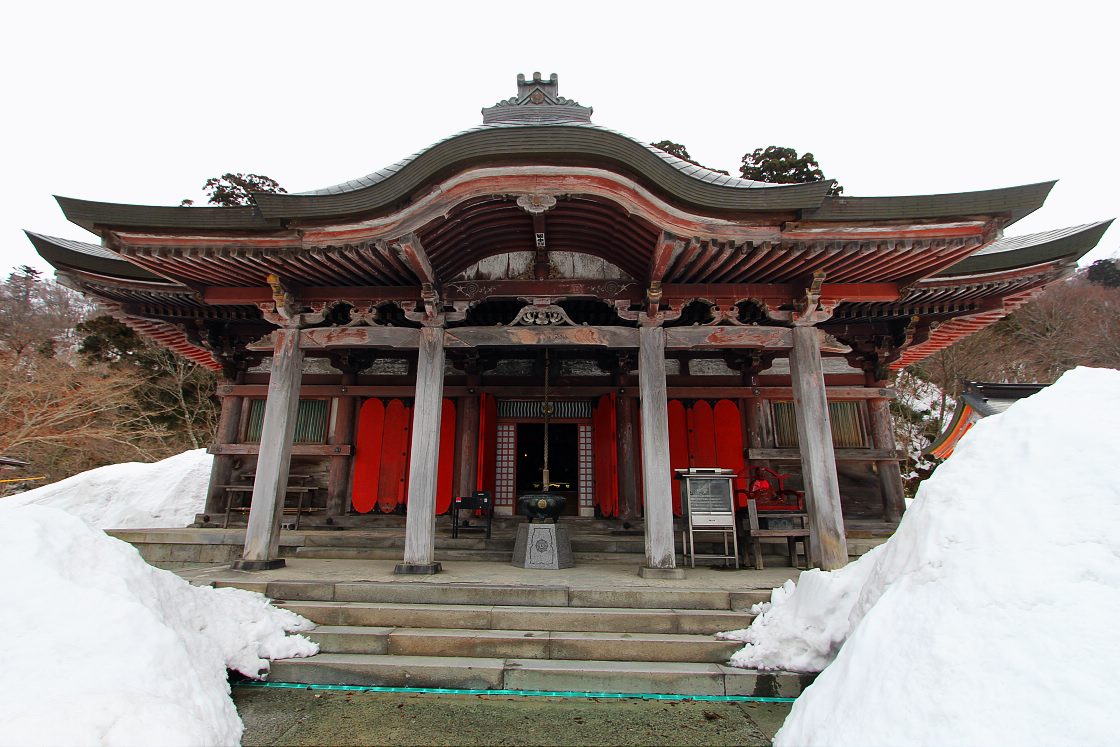Traditional Japan in the Heart of the San’in Region
The beautiful San'in region lies along the Sea of Japan coast in Western Honshu. This mystical land has deep ties to Japan's creation mythology and also plays host to an abundance of interesting sites including revered shrines and temples, important cultural artifacts and breathtaking natural beauty.
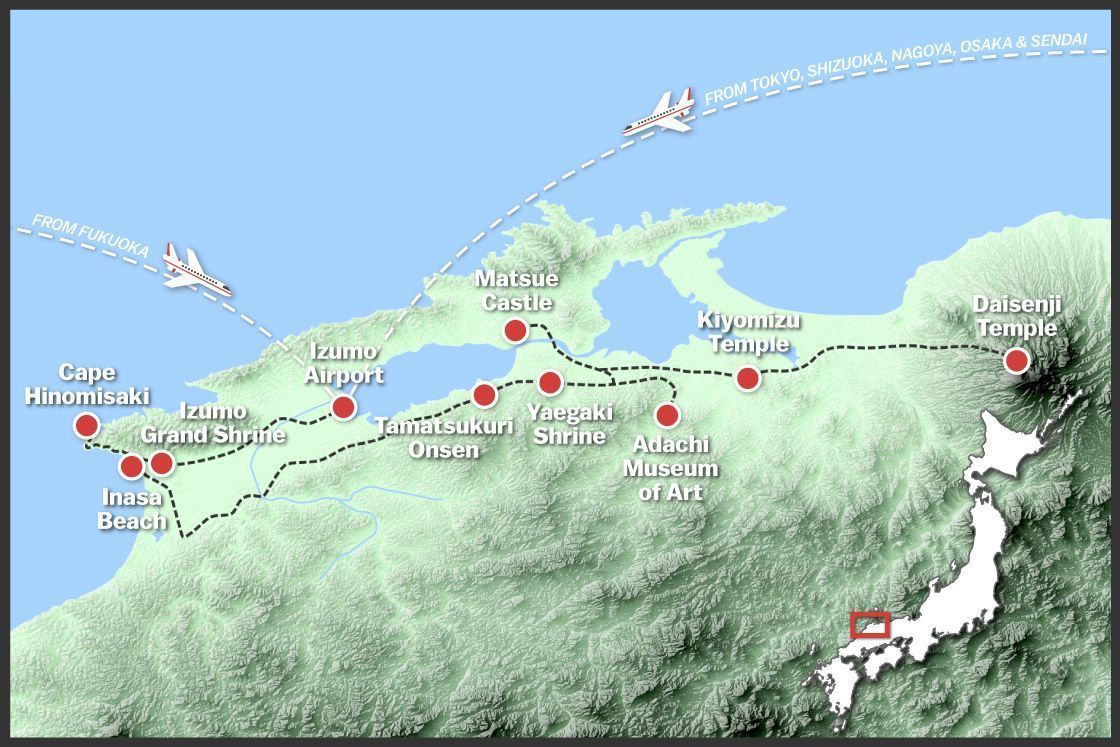
The San'in area is not connected to the rest of the country by bullet train and this has enabled the region to retain an atmosphere very different to that of Japan's bustling big cities. This being said, the area is accessible by the Yakumo Limited Express train from Okayama which reaches Matsue and Izumo in around two and a half and three hours respectively. Alternatively, Izumo and Yonago airports are served by flights from various places in Japan.
Trains run along the San'in coast, and this provides a pleasant and slower way to take in the views, fitting perfectly the pace of the region. In the interests of time efficiency however I opted on this journey to travel by rental car, of which there are various outlets in some of the populated areas like Matsue City, and around the afore-mentioned airports.
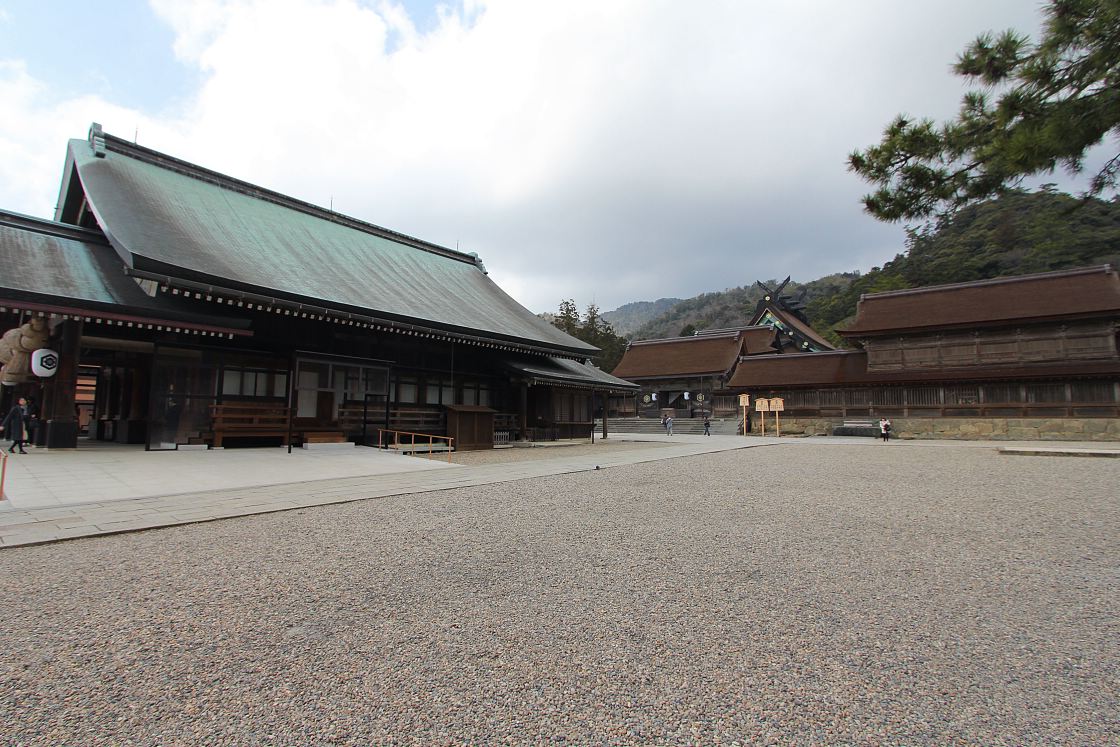
After arriving at Izumo Airport, I picked up my rental car and set off toward Izumo Taisha. This is not only often considered the oldest in Japan, but also has links with Japanese creation mythology; being the home of Okuninushi no Okami, the deity who is said to have created the land of Japan. After walking through the picturesque town, I made my way through the pine tree-lined Matsu no Sando before arriving at the shrine's main precincts.
People visit Izumo Taisha in part to pray for love and relationships, and accordingly worshippers clap four times (twice for themselves and twice for their actual or desired partner) as opposed to the usual twice. It was interesting to walk around the beautiful shrine grounds and witness this special form of praying, which combined to make for a perfect start to the trip.
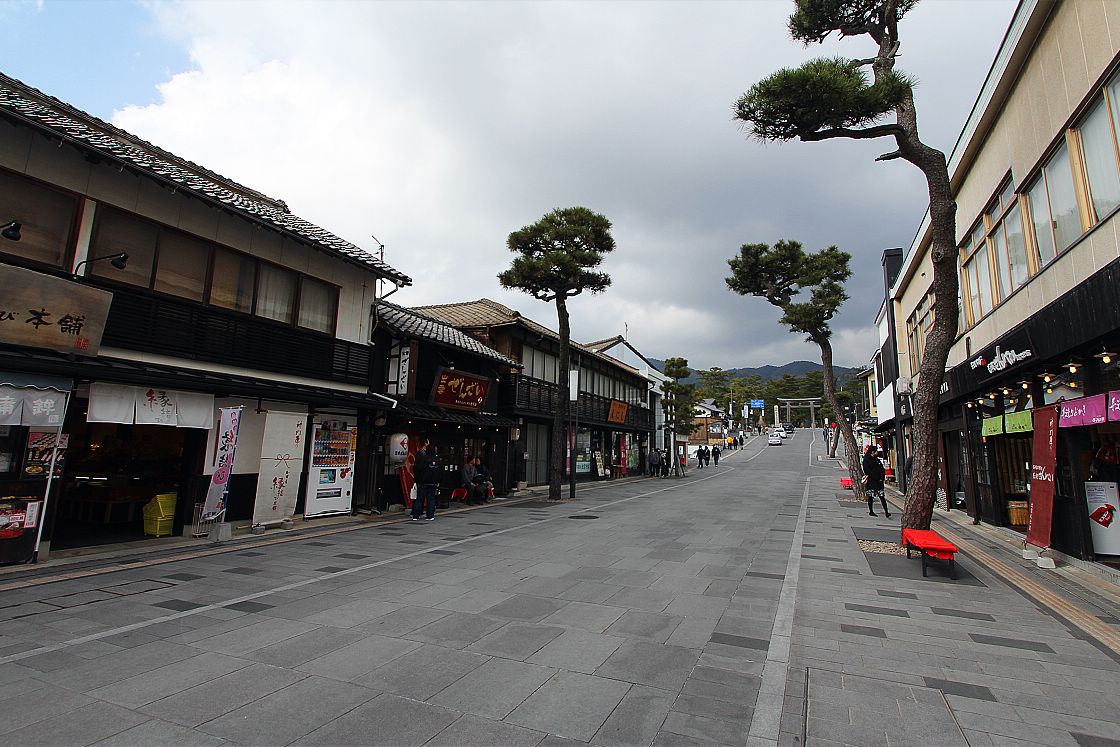
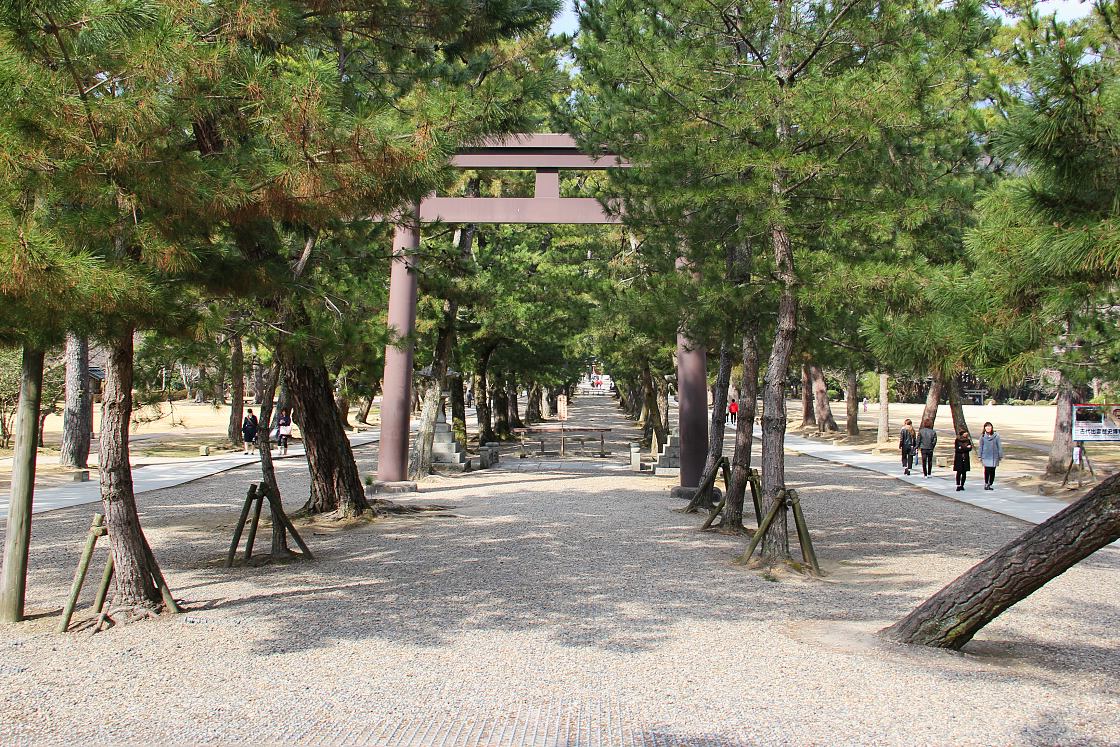
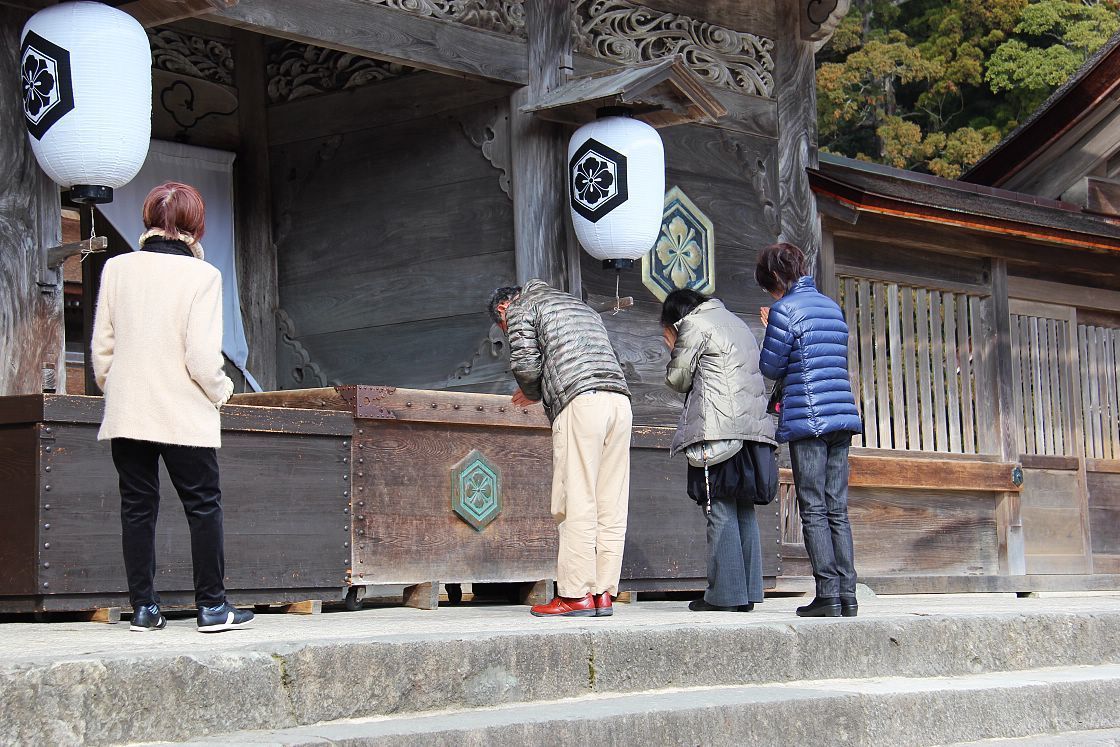
From the grand shrine, I made the short drive along the nearby coast, eventually reaching Hinomisaki Cape. The area boasts one of the tallest lighthouses in the country and from its observation deck visitors are afforded breathtaking views of the surrounding craggy coastline.
Driving back down the coast, I made a quick stop nearby at Inasa Beach. This beach is said to be where Japan's gods land once a year for their annual gathering at nearby Izumo Taisha, but religion aside, the area made for some breathtaking sunset views. With darkness about to fall, I made my way over to Tamatsukuri Onsen.
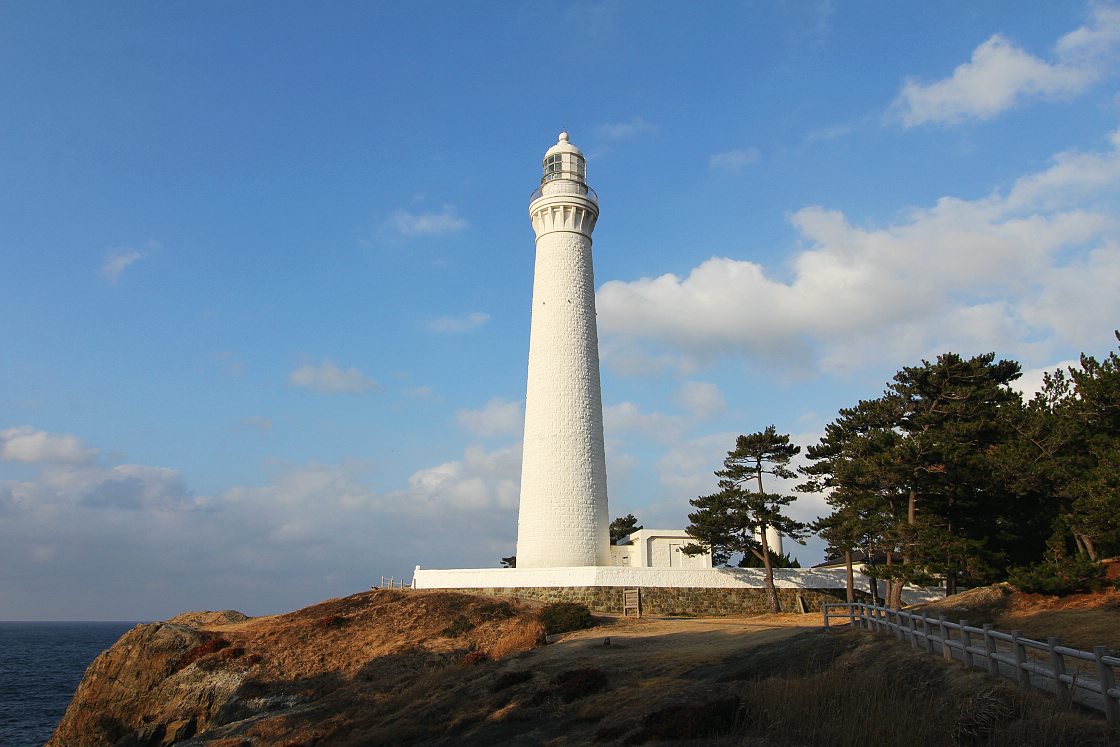
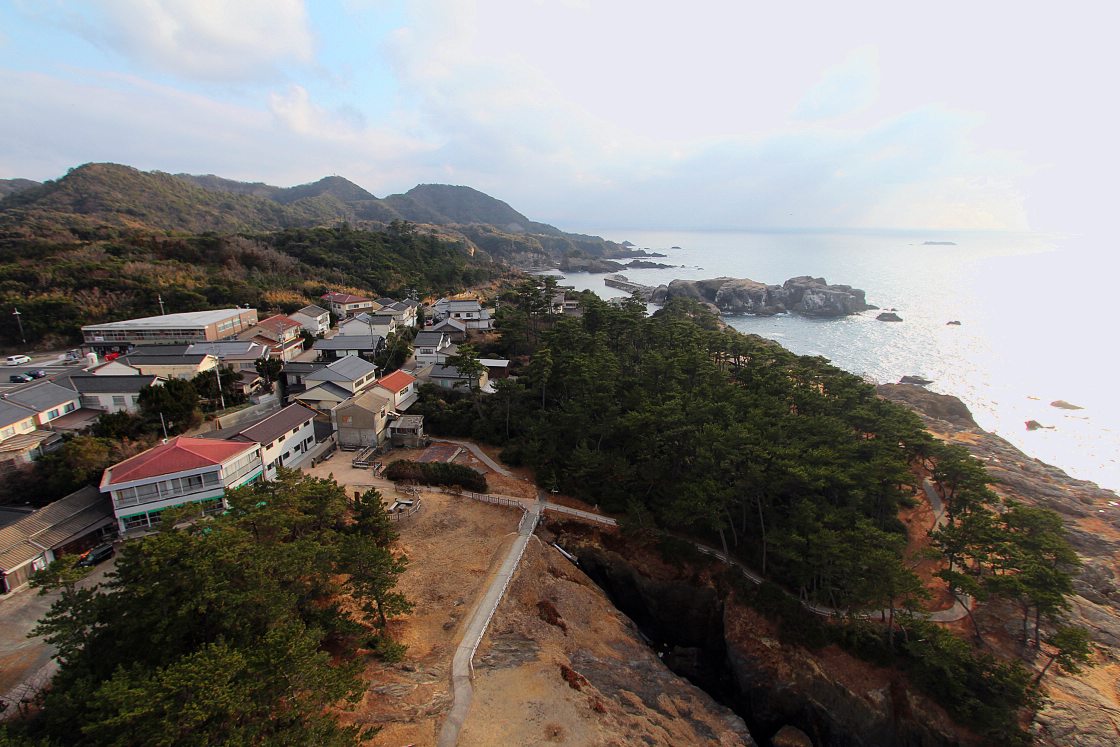
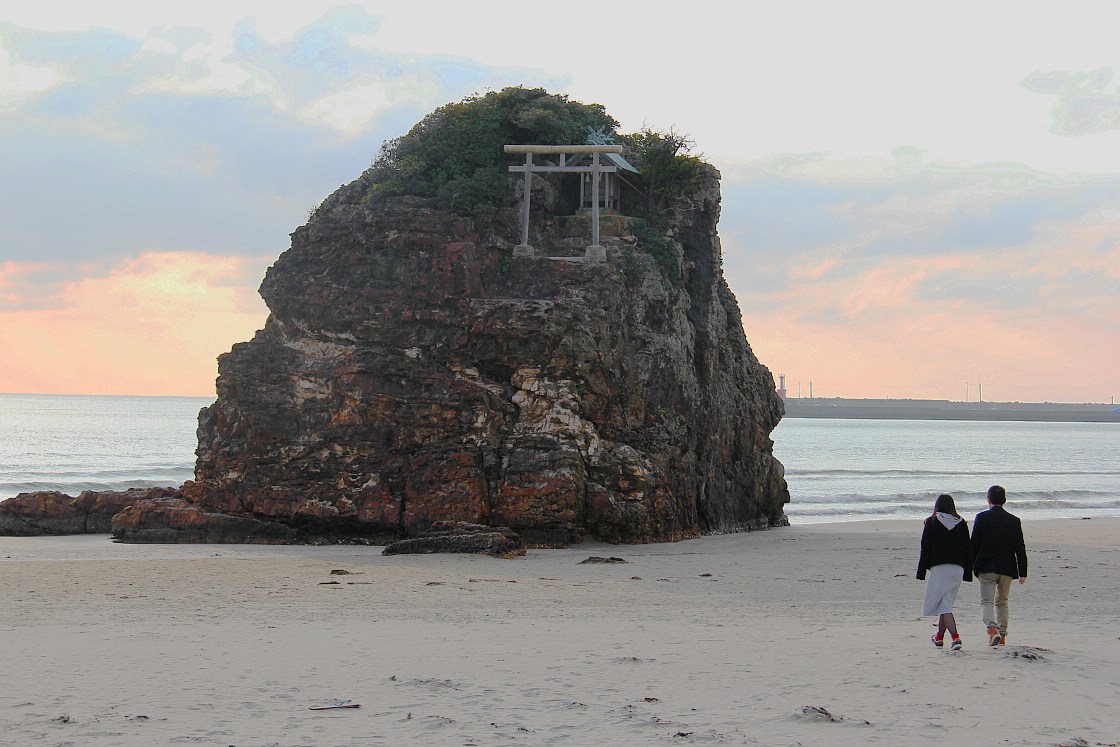
Tamatsukuri Onsen is believed to be one of the oldest hot spring towns in the country and in addition to hot water, the quaint town boasts a multitude of traditional Japanese inns. I checked into one of these ryokan and enjoyed a delicious evening meal and a bath under the stars before retiring to my traditional Japanese-style room.
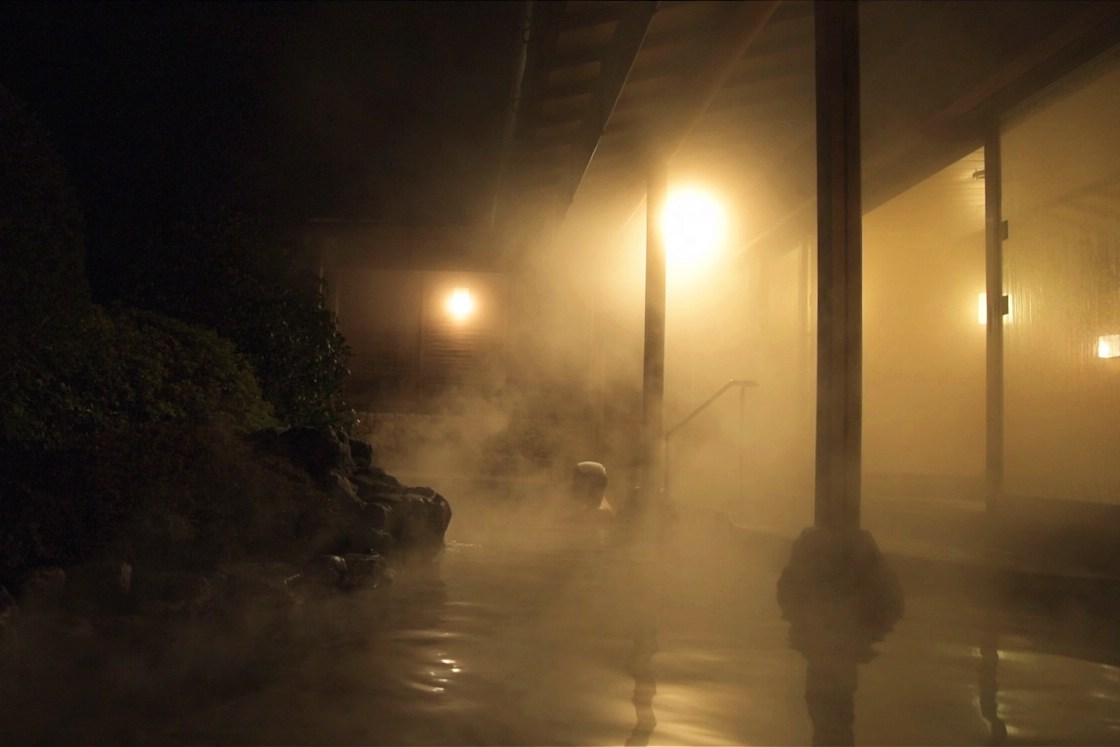
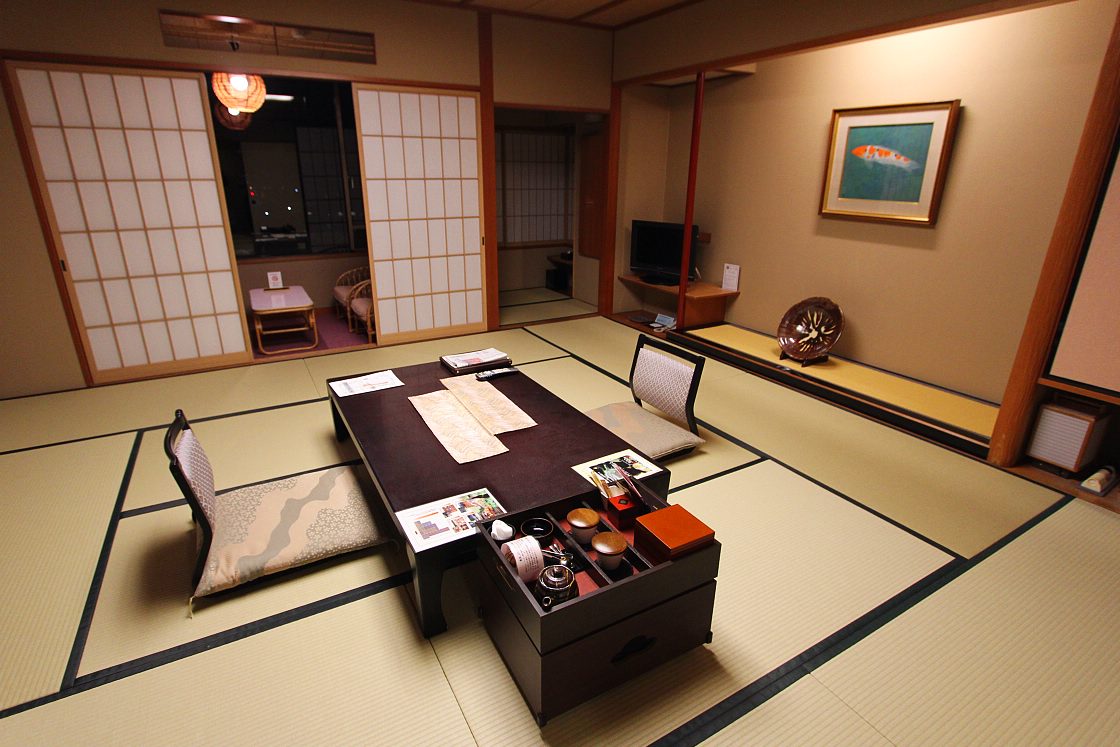
I awoke on the second day of my trip well-rested and ready for more exploration. The first stop of the day was a short drive away from Tamatsukuri Onsen, at Yaegaki Shrine. This shrine is well known locally for its interesting custom.
Like Izumo Taisha, people come here to pray for relationships and love, but here, it is customary for visitors to place a coin on a special piece of paper and float it on a sacred pond at the rear of the complex. It is said that the time it takes for the coin to sink the fortune relates to how long it will take for the worshipper to find true love.
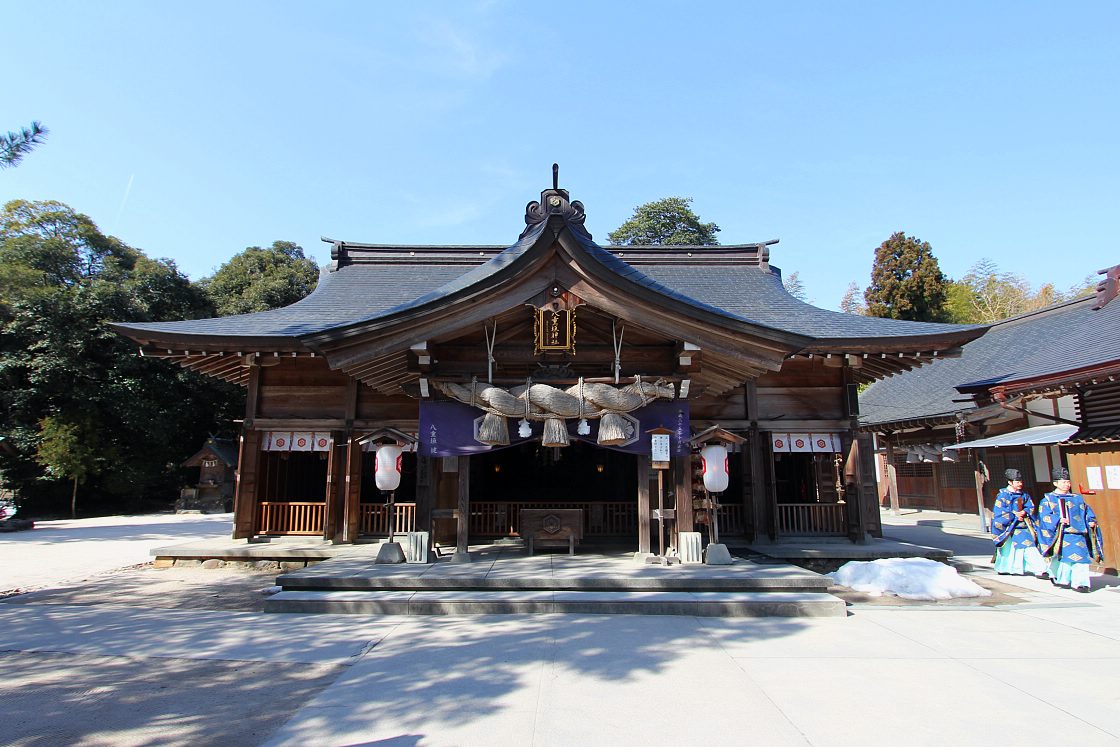
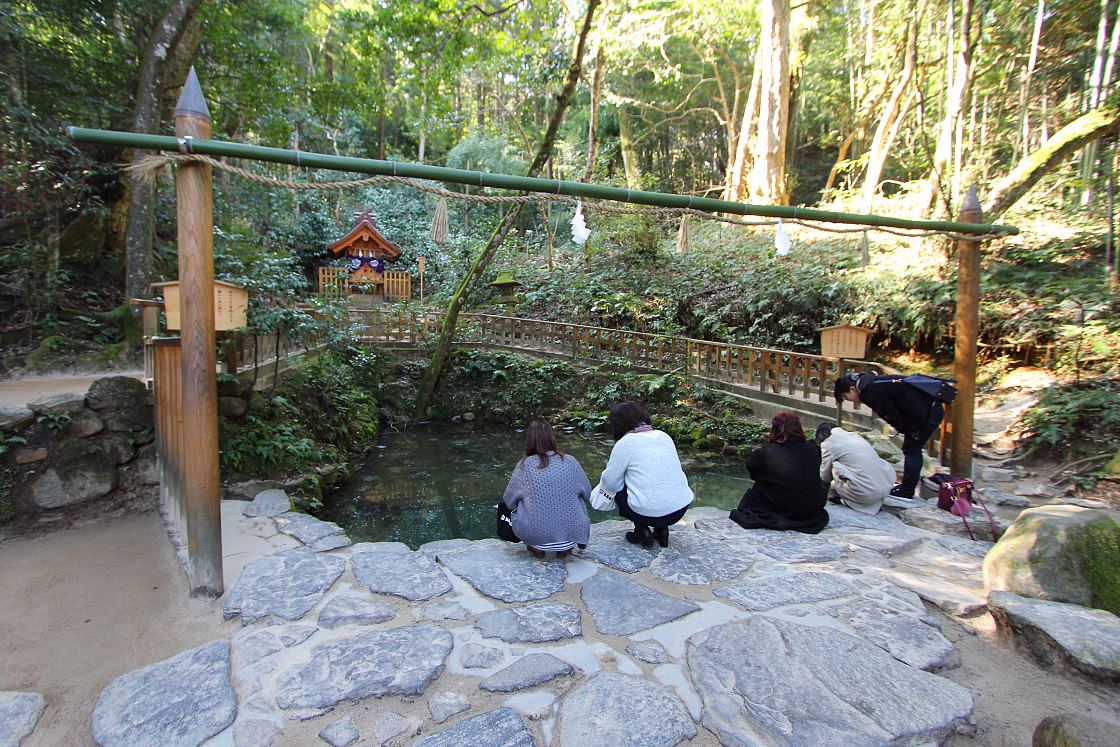
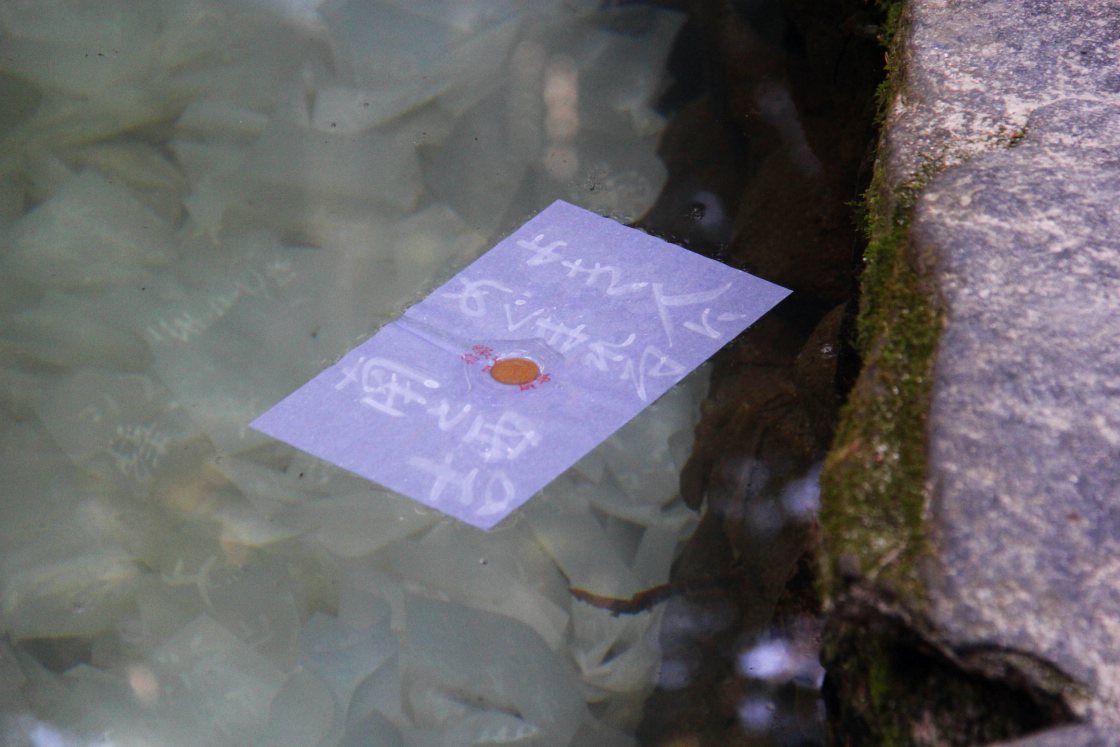
From Yaegaki Shrine, I made my way to Adachi Museum of Art, an art museum near the city of Matsue that was established by the founder as a means to combine his passions for art and Japanese gardens. Accordingly, the museum contains an award-winning garden, and although visitors are not permitted to walk around it, there are plenty of places within the museum building (and a couple of spots outside) from where patrons can admire the garden's beauty.
Having beheld the beauty of many a Japanese garden during the course of my travels, I can say with conviction that the one here deserves its reputation as among the most beautiful in Japan.
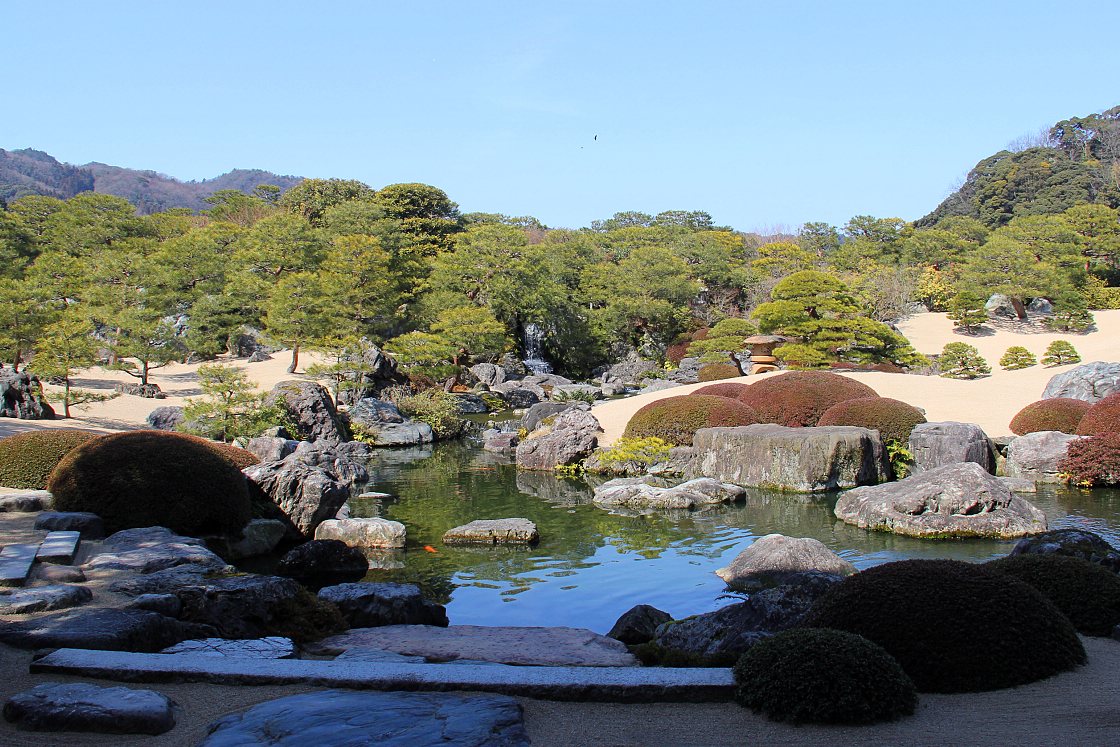
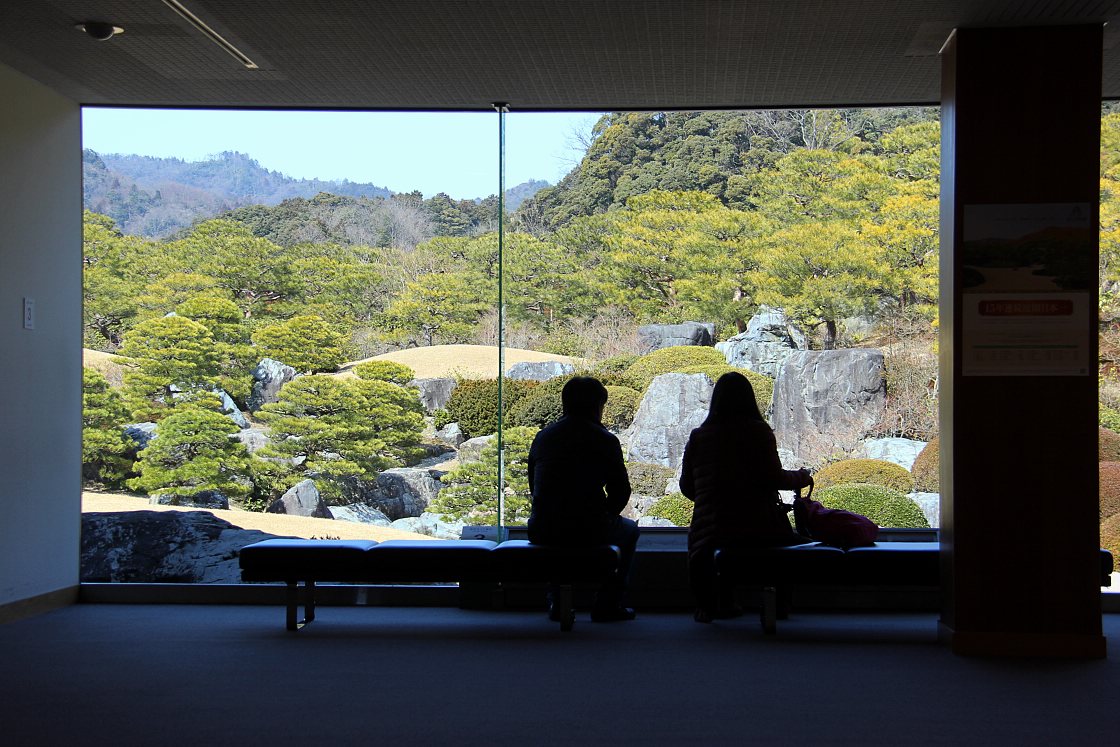
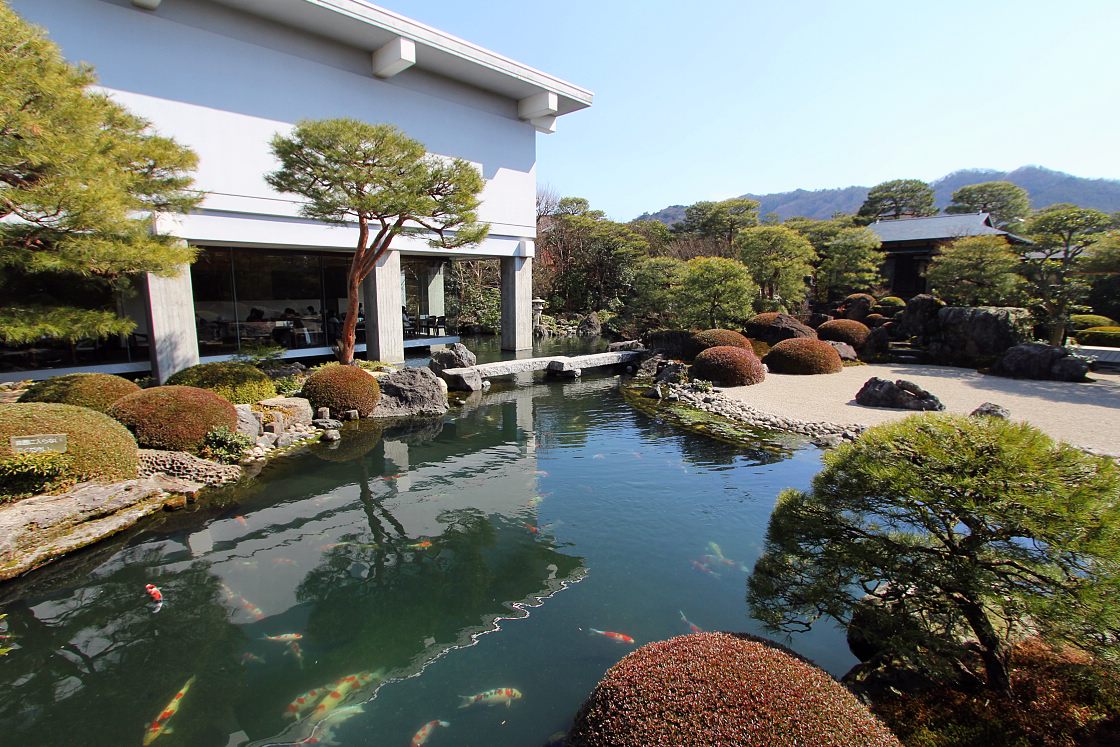
It was mid-afternoon by the time I arrived in Matsue City, the most populous city in these parts and home to a noteworthy castle and a number of great eateries. Upon arrival I made my way to the castle's vicinity to board a boat tour around its moat. The tour takes around 50 minutes and is guided in Japanese with some English information available. The ride was a relaxing experience that allowed me to learn about the castle and its moat system.
After the boat tour I made the short walk to the castle itself. Matsue Castle is special because it stands as one of only 12 in the country whose main keep has survived since the Edo Period (1603-1868). The old castle today stands as a majestic vestige of centuries past, and visitors can enter inside the keep and enjoy a museum displaying relics pertaining to the castle and the region's old rulers, and an observation deck from where nice views can be had of the city and nearby Lake Shinjiko.
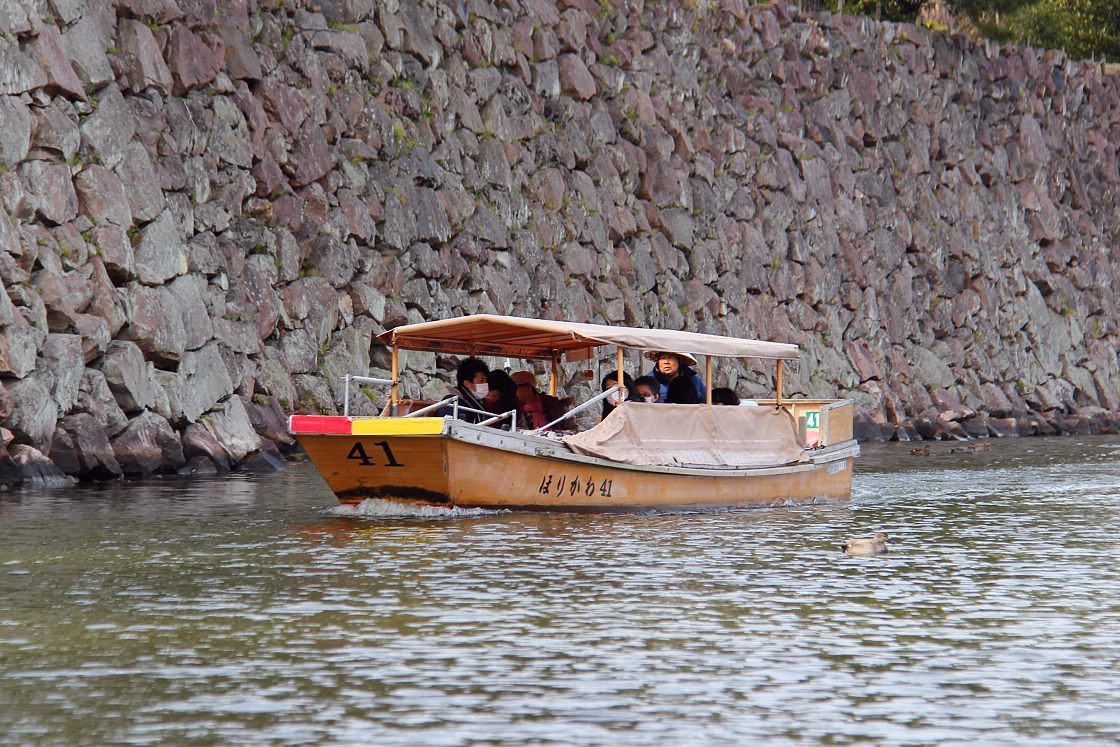
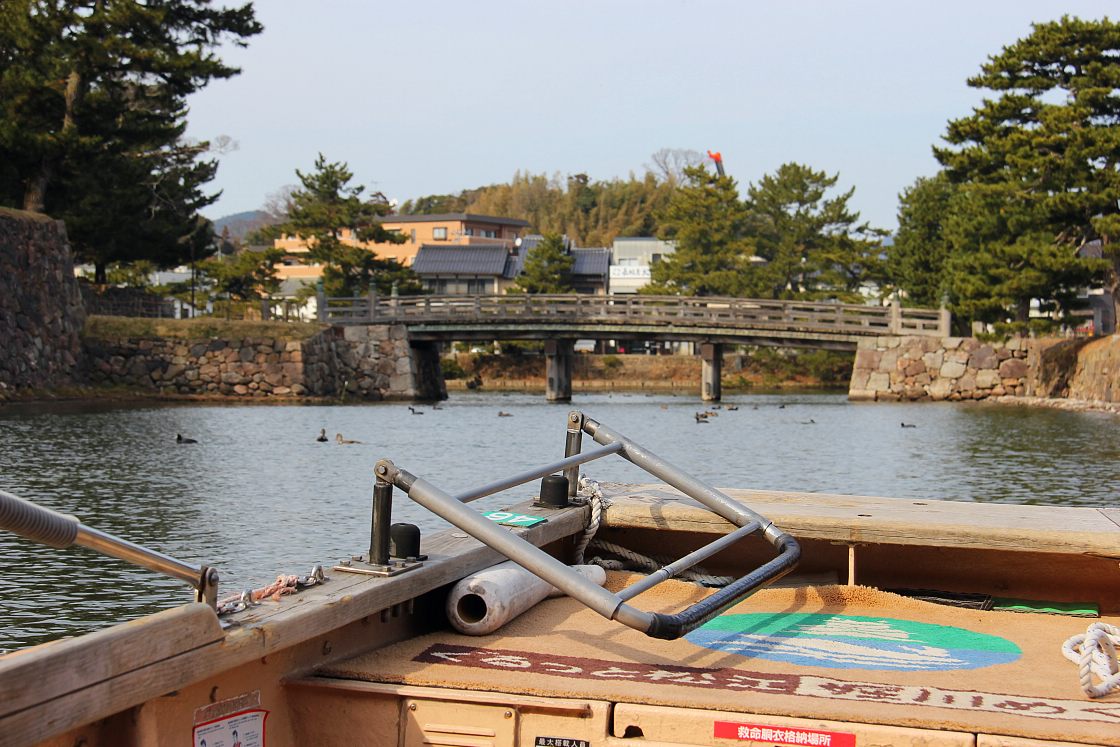
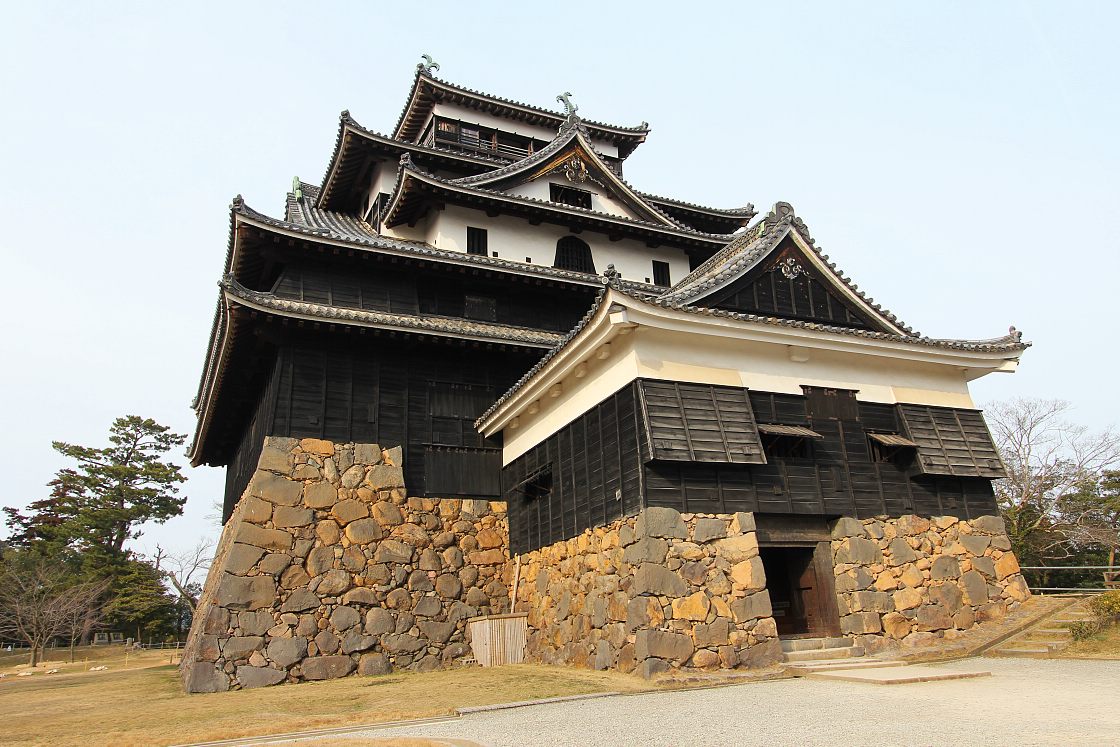
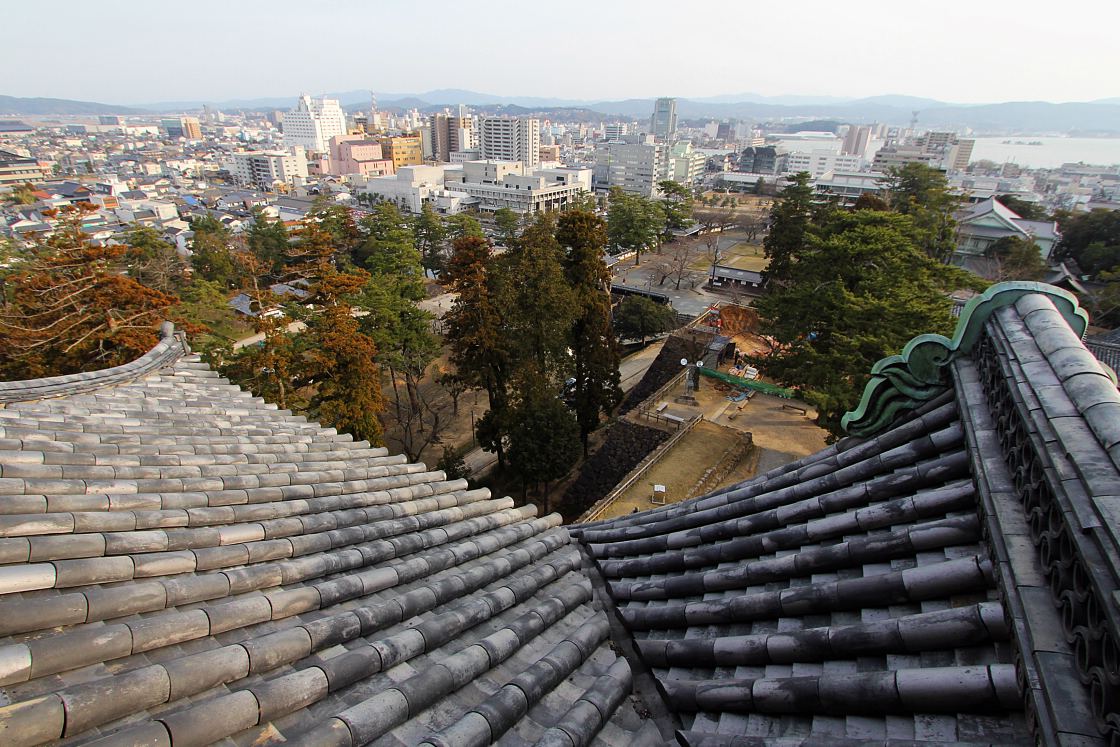
The excitement of the day had left me with a growling stomach, so on the way to my second night's lodgings, I stopped at one of Matsue's popular eateries. Kanigoya is a crab and seafood restaurant where customers heat or cook their own food on a grill after purchasing it inside the establishment. In addition to multiple varieties of crab and shellfish the restaurant also sells vegetables, fish and alcoholic beverages to preserve the jovial atmosphere that persists inside. The restaurant is open seasonally in winter and spring: from January 19 until April 22 in 2018.
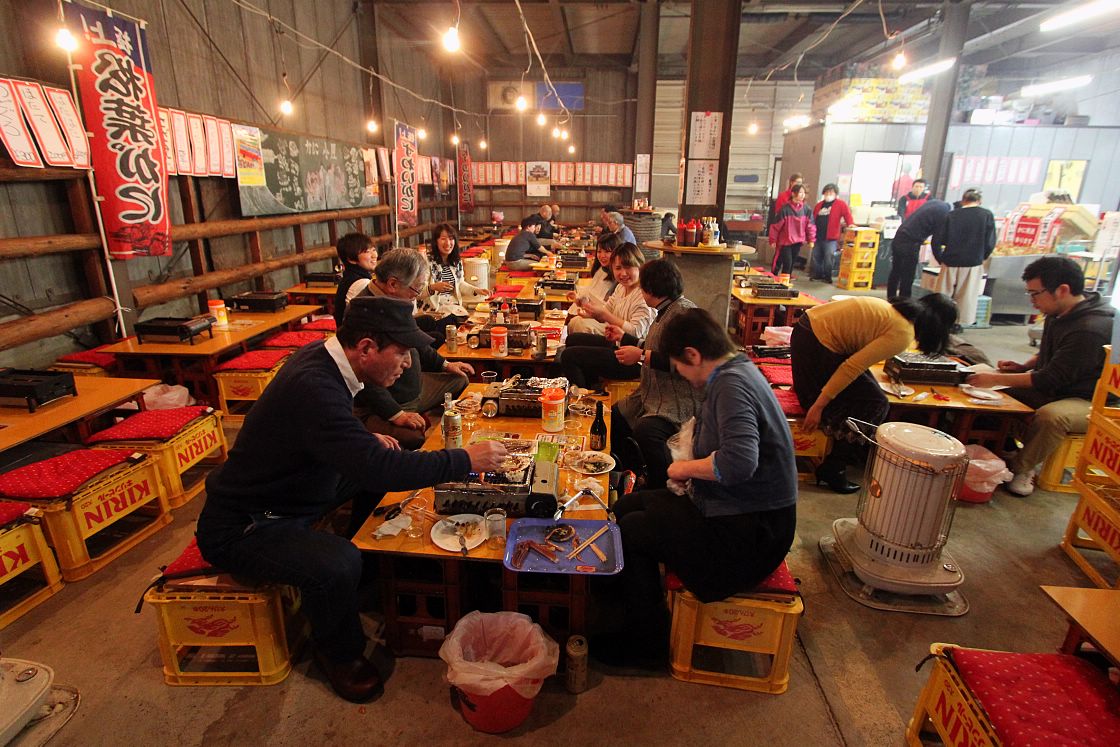
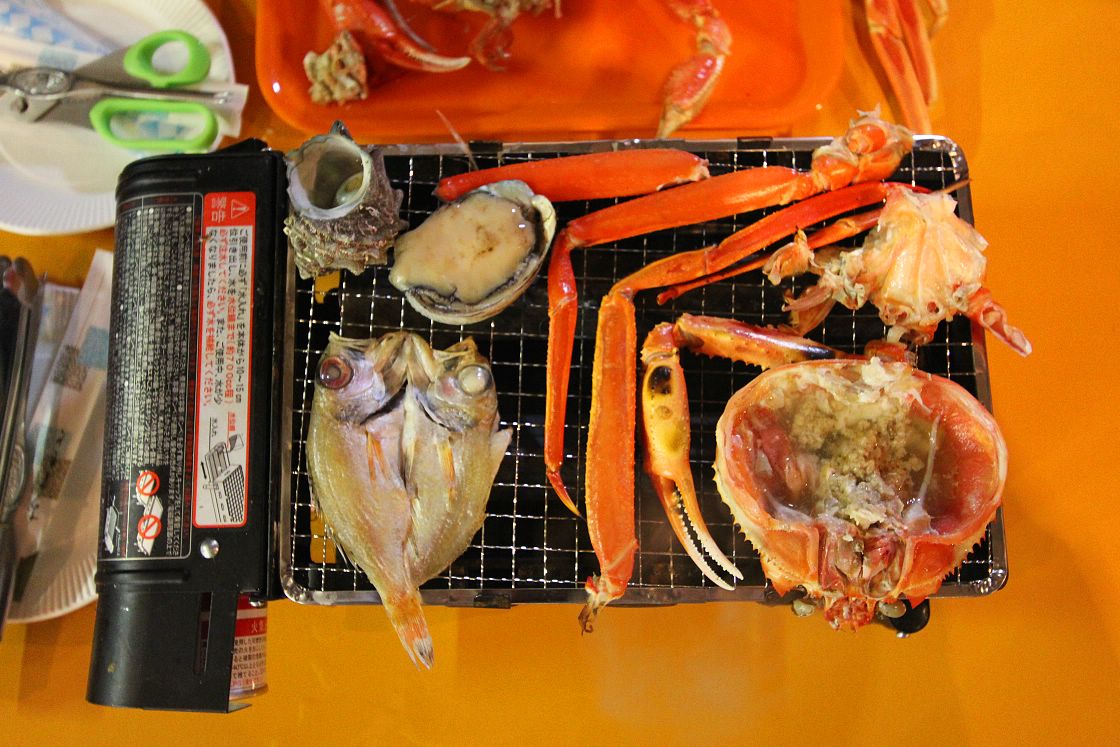
With a stomach full of crab I eventually arrived at the destination for the night, Kaike Onsen. This hot spring town in Tottori Prefecture is located on the Sea of Japan coast, and accordingly is characterized by its layout of various traditional Japanese inns and hotels that stretch along the sea front.
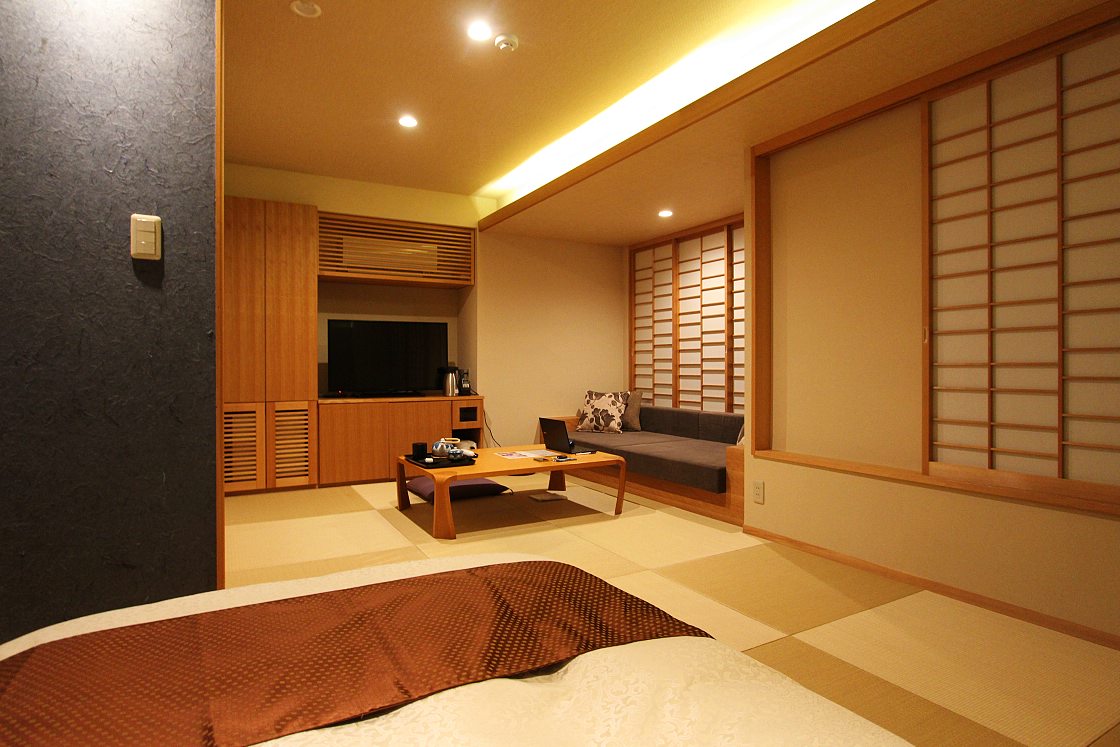
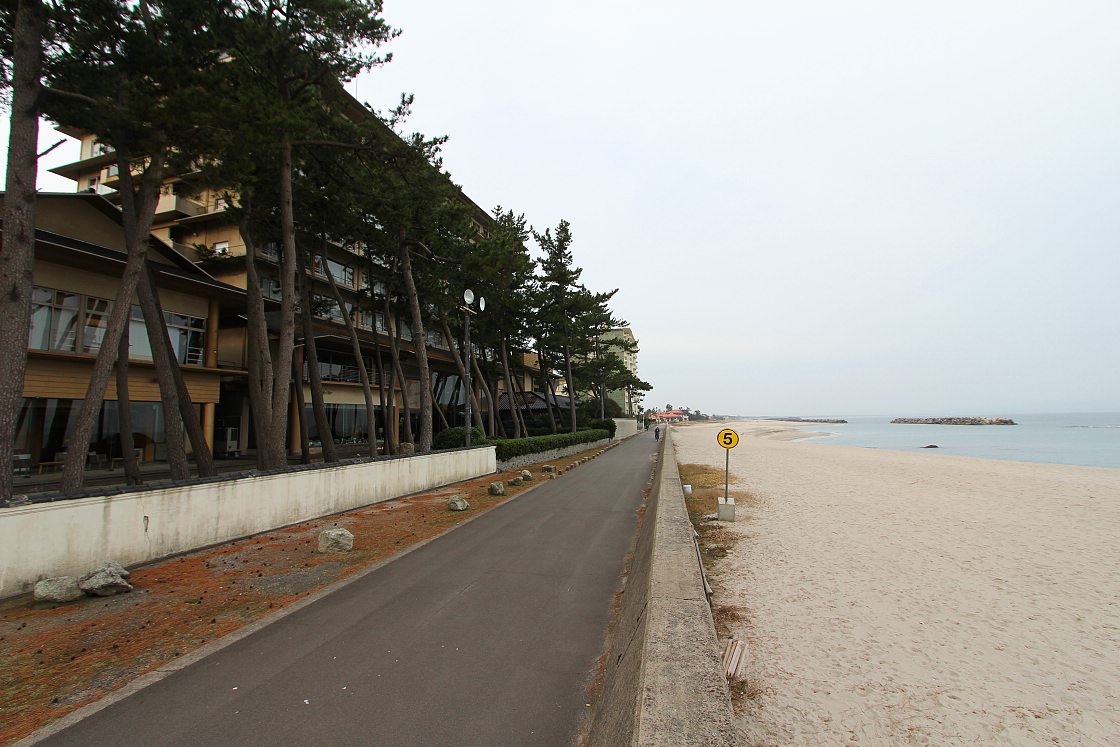
The third and final day of my whirlwind tour of the San'in area began with a drive from Kaike Onsen to Kiyomizu Temple in Yasugi, Shimane Prefecture. This hillside temple offers visitors the chance to participate in Buddhist practices such as sutra copying and Zazen (meditation aided by a Buddhist monk armed with a stick).
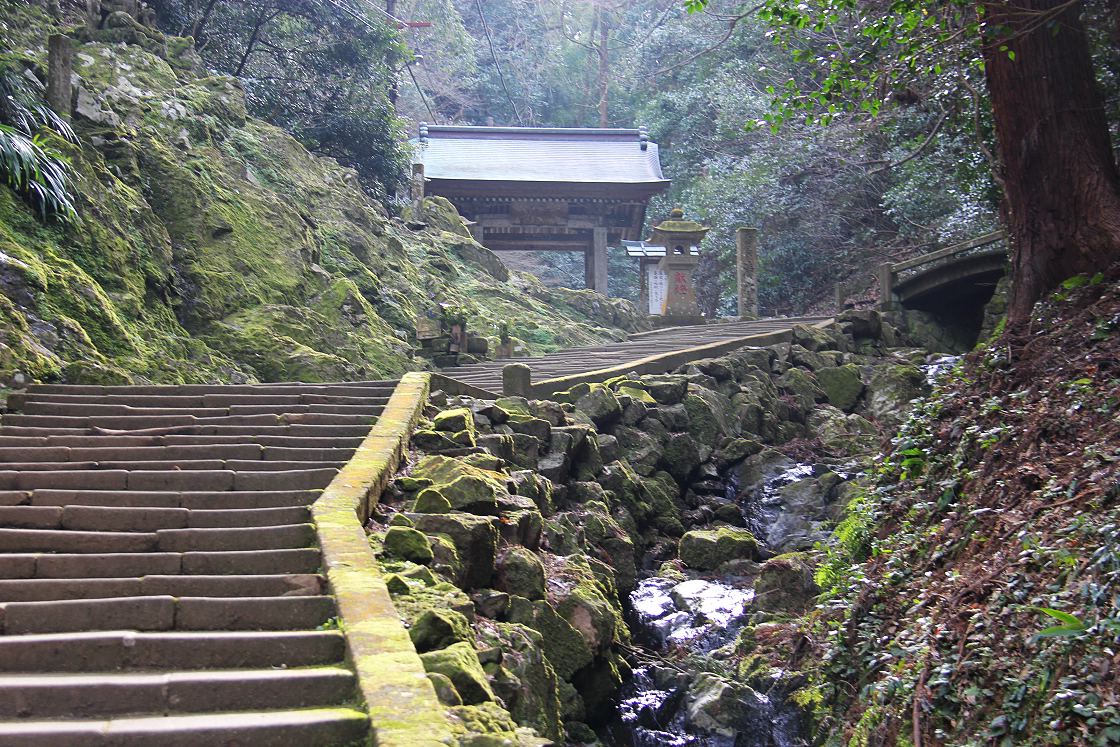
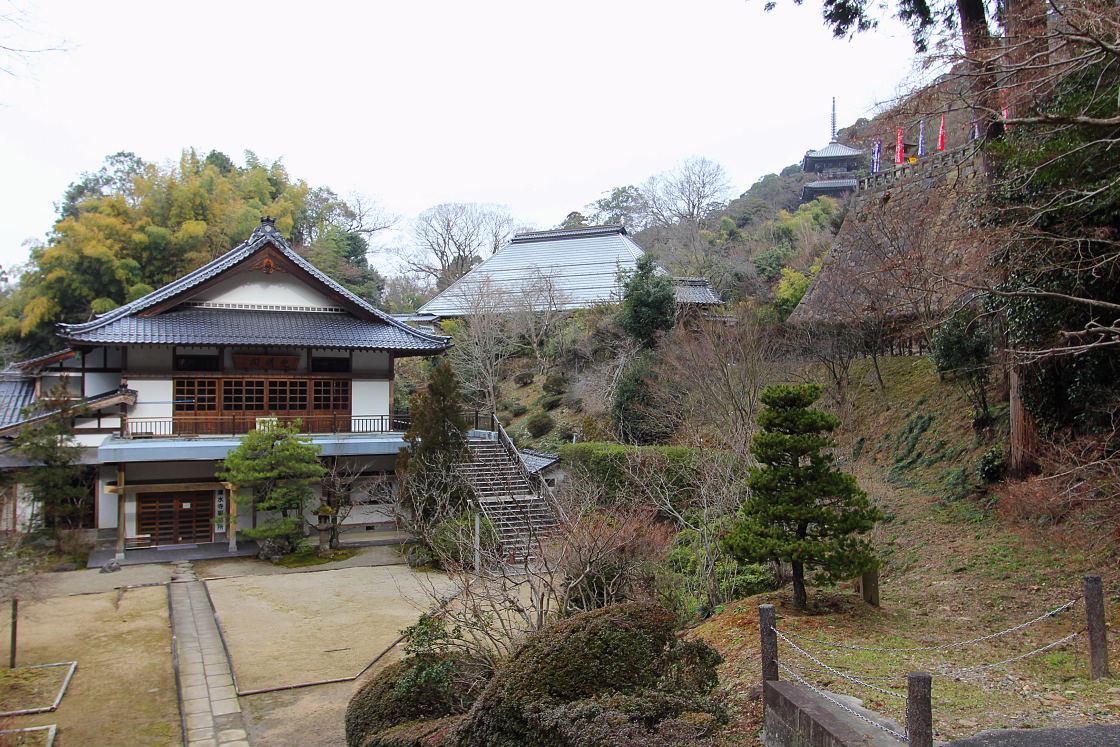
The experiences at the temple, although slightly bracing at times, were well-worth the trip, and I recommend participation for travelers to the region interested in learning more about the ways of Buddhism.
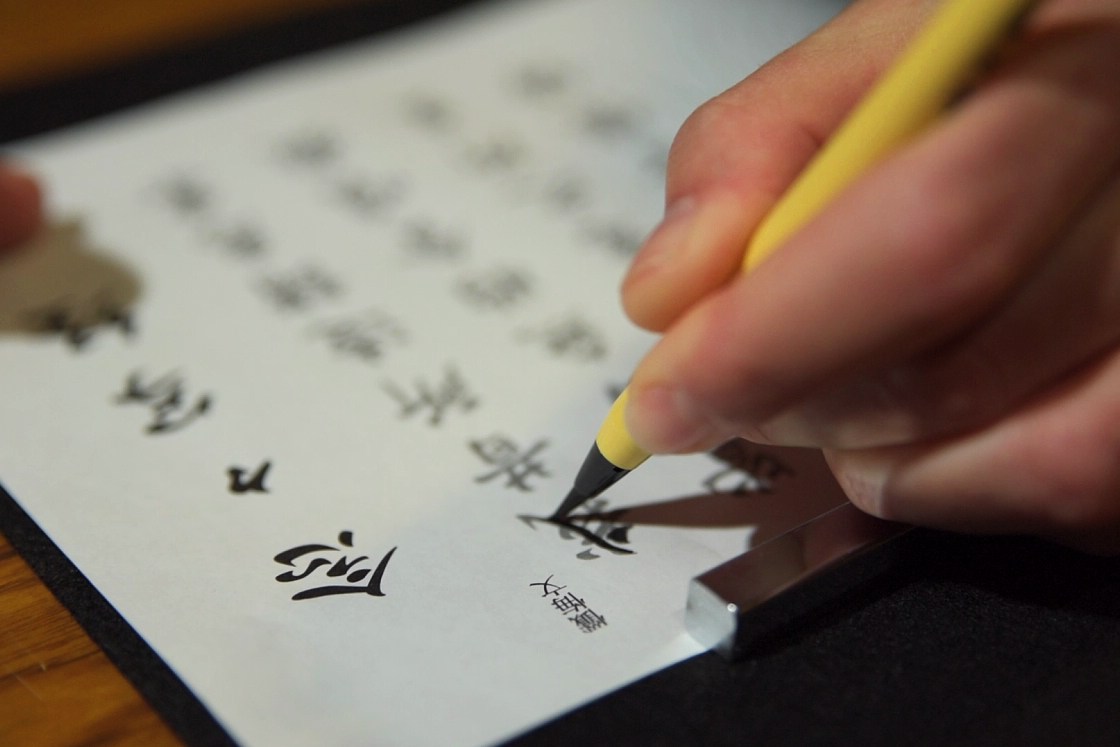
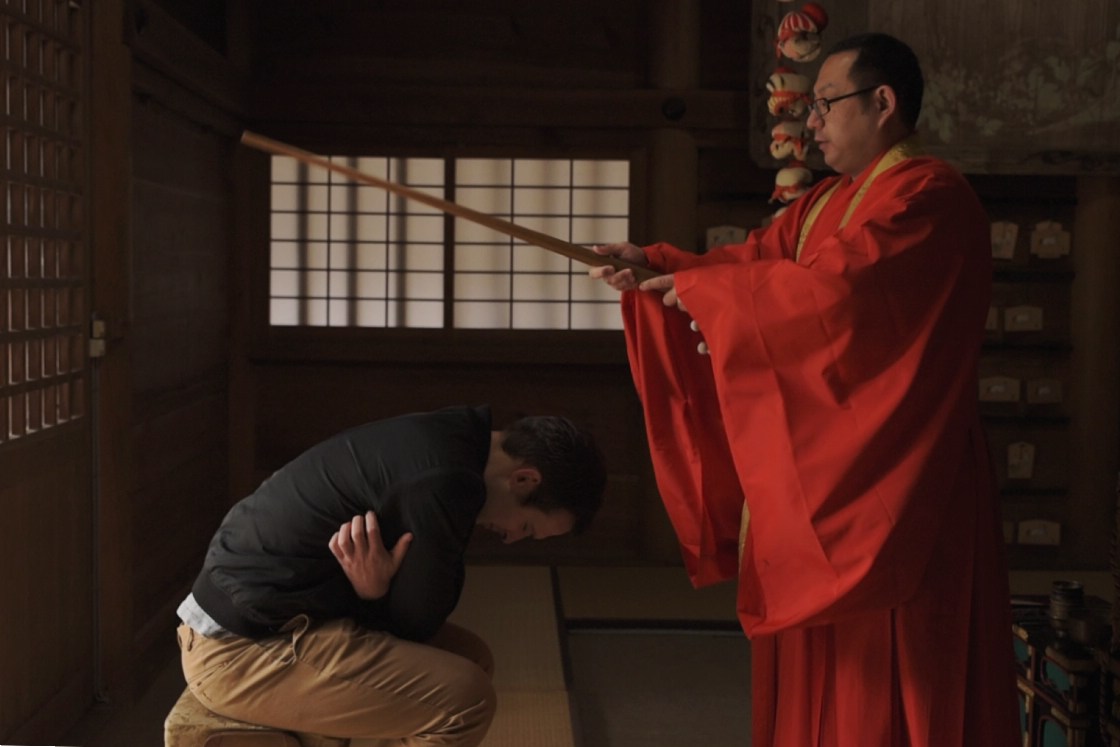
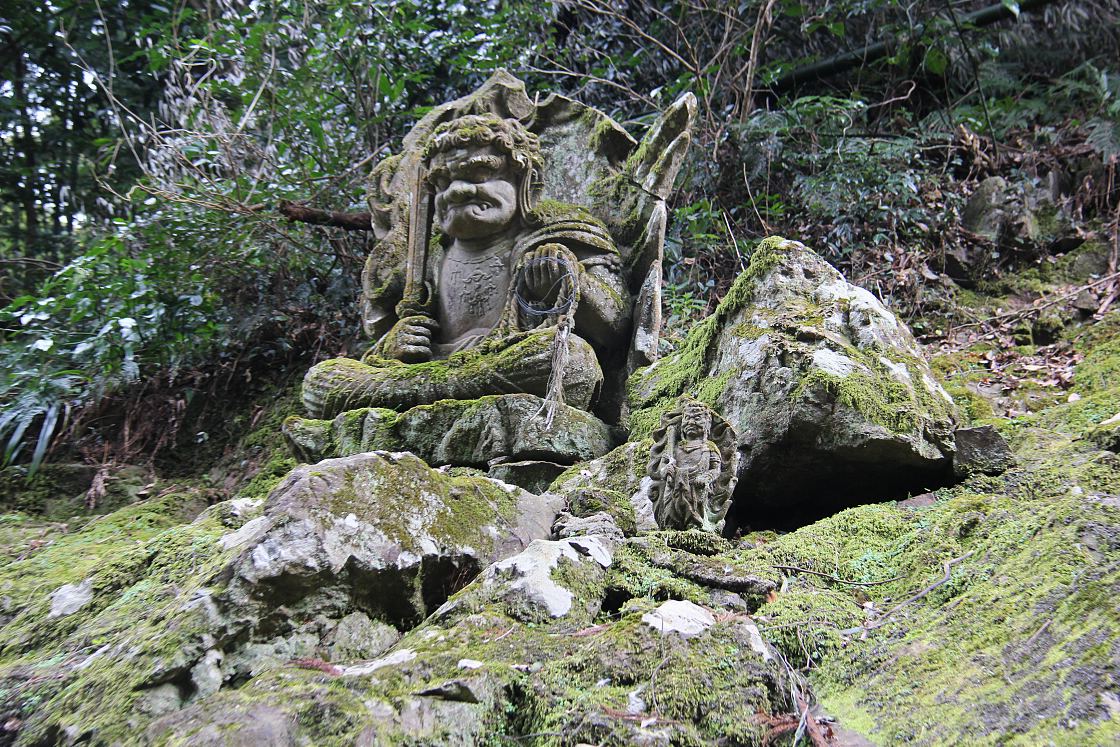
From Kiyomizu Temple I made the drive across the Shimane/Tottori prefecture border to Mount Daisen. This imposing mountain stands comfortably as the tallest in the entire region, and is very popular with hikers who enjoy trekking along the mountain's trails.
Another of Mount Daisen's main attractions is Daisenji Temple, a mountain-side temple that has a mystical atmosphere, and many snow-capped buildings on my visit. The visit to this area provided me with another spiritual experience, breath-taking views, and a fitting end to my exploration of this stunning area of the country.
